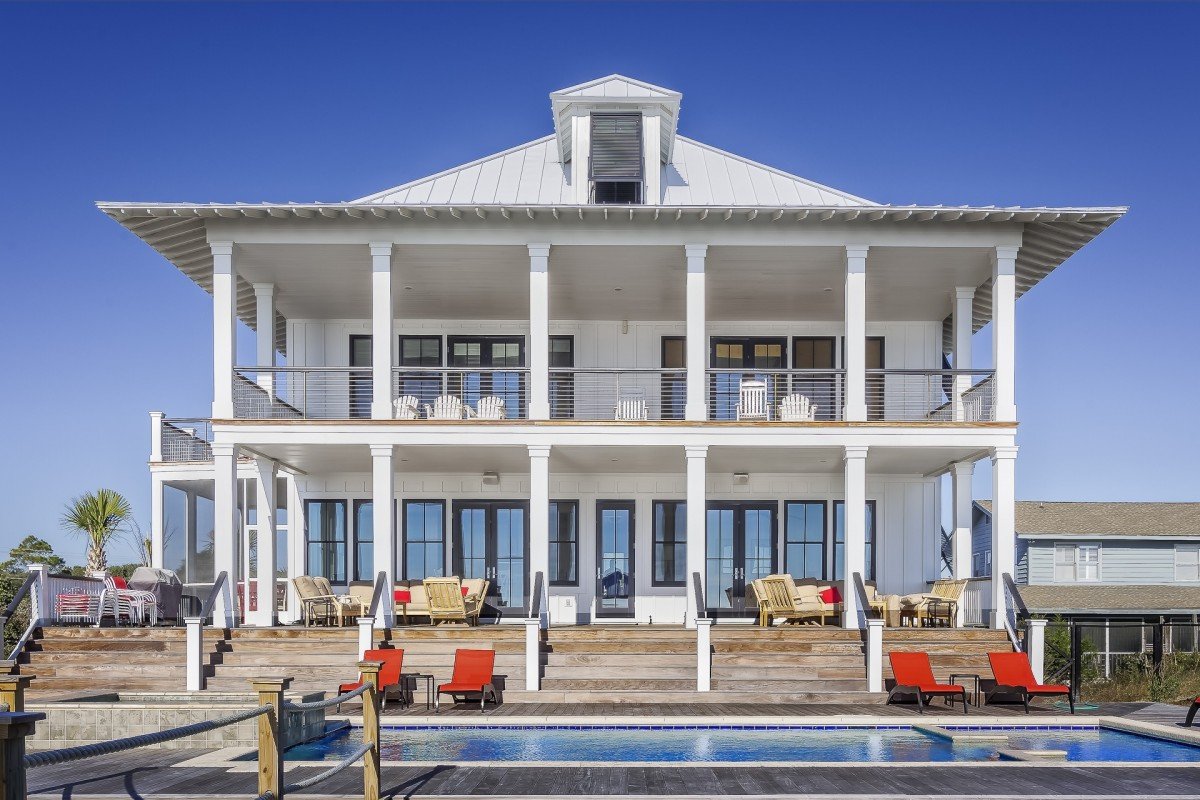Echoes of the Past The Legendary Marquee Club’s Effect on Rock and Roll
Tucked away in the center of the capital’s lively nightlife, the Marquee Club has long been a treasured landmark in the world of rock music. Since its inception in the final 1950s, this iconic venue has served an essential role in shaping the soundscape, acting as a springboard for a host of legendary bands and artists. From the early days of the British rock era to the fierce spirit of the punk era, The Marquee has resonated with the vibes of creativity and rebellion, drawing music lovers from every corner of the globe.
As a crucible for talent, The Marquee Club has hosted historic performances that pushed the limits of music and ignited the artistic drive of generations. Notable acts like The Rolling Stones, Led Zeppelin group, and The Who band took to its platform, each leaving an lasting mark on the tapestry of music history. In this journey of the Marquee Club’s profound influence, we delve into its rich legacy, the artists it supported, and the cultural shifts it inspired, all of which continue to resonate in the beats and sounds of today’s music.
The Origins of the Marquee Club
This club was established in the late 1950s, originally located on a street in London in London. It was created by entrepreneur Harold Pendleton, who envisioned a space dedicated to showcasing emerging musical talent. The club quickly became a center for aspiring musicians, drawn to its personal atmosphere and the promise of a supportive audience eager to experience the newest sounds. As the cultural landscape of London evolved, the Marquee Club began to reflect the growing rock and roll scene sweeping through the city.
In its initial years, the Marquee Club hosted a variety of musical acts, ranging from jazz to rhythm and blues. สล็อตเว็บตรง But, as the 1960s approached, the focus shifted towards rock music, coinciding with the rise of iconic bands. Groups such as The Rolling Stones and The Who graced its stage, solidifying the venue’s status as a launchpad for legendary musicians. The Marquee became a pivotal point in the journeys of many musicians, providing them with essential exposure in a rapidly changing musical climate.
The club’s significance extended mere performances; it fostered a sense of community among musicians and fans alike. It became a space where creativity flourished, and collaborations were born. The diverse lineup and unpretentious setting attracted a diverse crowd, making it a melting pot of musical innovation. This spirit of community and experimentation set the Marquee Club on a path to become a cornerstone of rock and roll history, influencing generations of artists long after its doors closed.
Legendary Performances
The Marquee Club has been the backdrop for endless legendary appearances that formed the rock n’ roll landscape. Established in the late 1960s, it quickly became a sanctuary for up-and-coming talent and established acts as well. Bands such as The Rolling Stones and The Who graced its platform, enchanting audiences with their raw spirit and innovative sound. Each performance was a singular experience, contributing to the club’s status as a springboard for rock legends.
One of the most significant events in the club’s past occurred during a series of shows featuring Bowie. His early appearances showcased his diverse style and theatrical presence, mesmerizing fans and helping him forge a distinct persona in the musical scene. These appearances not only boosted Bowie’s career but also reinforced The Marquee Club’s status as a crucial platform for artists exploring new music directions, particularly during the glam rock era of the ’70s.
In addition to regional talent, The Marquee Club attracted overseas stars, further bolstering its impact in the music genre. Performers like Led Zeppelin and Hendrix delivered thrilling performances that left an lasting mark on those fortunate enough to see them. The club’s intimate environment allowed for a unique connection between the artists and the audience, creating an atmosphere of excitement and anticipation that has become a part of its legacy. These legendary performances continue to resonate in the annals of rock history, serving as a reminder us of the extraordinary experiences that unfolded within its sacred spaces.
Cultural Impact and Legacy
The Marquee Club played a vital role in shaping the sound and spirit of rock and roll during its golden era. As a venue that showcased emerging talent alongside seasoned acts, it became a proving ground for countless artists. Musicians like The Rolling Stones Band, the legendary David Bowie, and the iconic Led Zeppelin graced its stage, and their performances at the Marquee often marked significant milestones in their careers. This unique blend of talent fostered an environment of creativity and innovation that resonated throughout the musical landscape.
Beyond its impact to solo careers, the Marquee Club helped establish a vibrant music scene in the city of London during the 1960s and 70s. It became a hub for varied musical styles, influencing genres ranging from blues to punk rock. The club served as a cultural barometer, welcoming audiences of all backgrounds and creating a community spirit among music lovers. This influence reached beyond the club’s walls, inspiring other venues and festivals, thereby shaping the evolution of live music culture across the globe.
Today, the legacy of the Marquee Club can still be felt in the way music is performed and consumed. Modern artists continue to draw inspiration from the rich history and the spirit of rebellion that the club embodied. Its iconic status reminds us of the transformative power of music and the importance of places that nurture artistic expression. The venue not only left an indelible mark on the rock genre but also created a lasting imprint on the cultural landscape, influencing generations of artists and fans alike.

